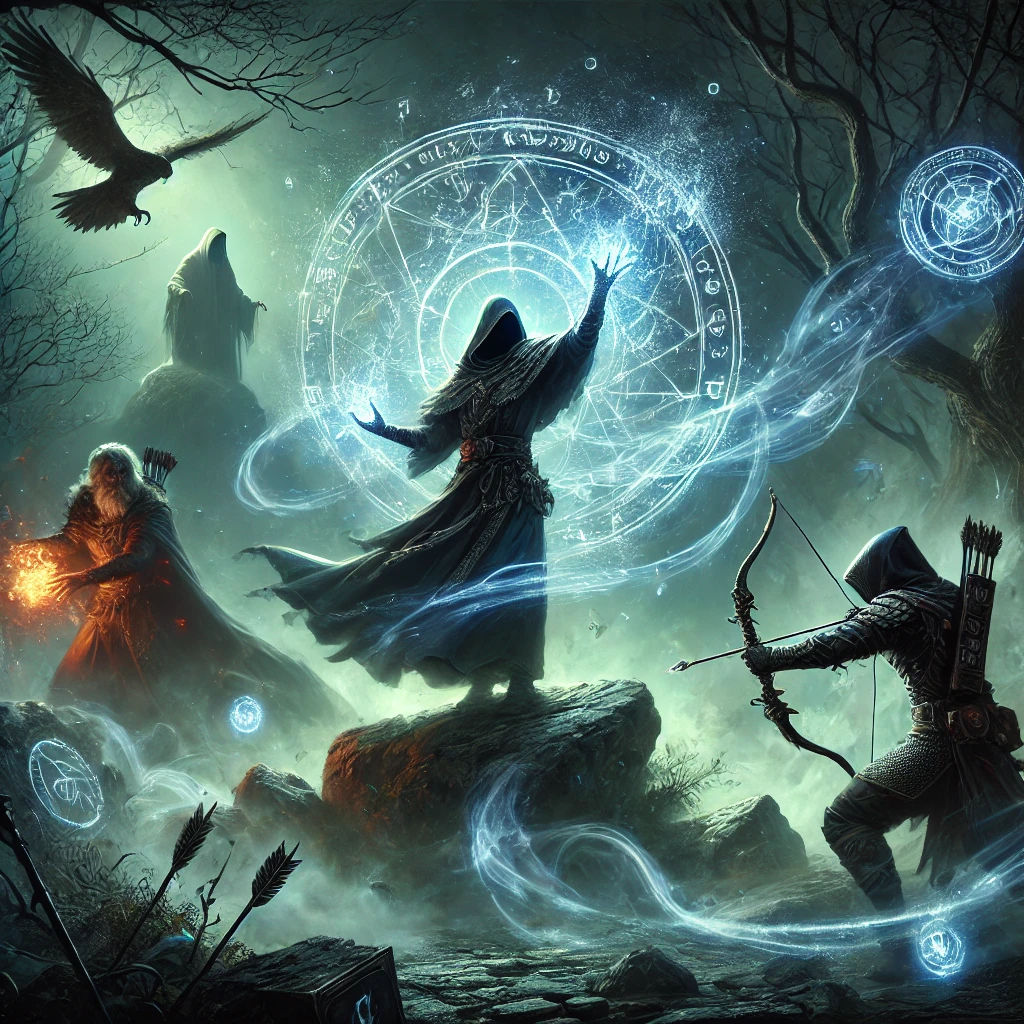Save-or-suck spells—those that impose extreme consequences on a failed saving throw—are a hot topic in TTRPGs. Spells like Hold Person, Phantasmal Killer, and Flesh to Stone can crank up the tension in an encounter, but they also run the risk of leaving a player feeling powerless. Even spells that don’t remove a player’s actions, such as Banishment, Dominate Person, or Polymorph, can drastically alter the course of a battle. So, should a GM use these spells? The answer isn’t a simple yes or no—it’s all about how they’re used.
The Impact of Save-or-Suck Spells
When a save-or-suck spell hits the table, it can completely shift the momentum of a fight. A well-timed Banishment can turn a deadly boss encounter into a much more manageable fight. Likewise, Polymorph can take an enemy completely out of combat by turning them into a harmless turtle. But when these spells are used against players, the situation can feel much different.
No one likes watching their character sit on the sidelines while their party fights on without them. It’s one thing to be paralyzed by Hold Person, but what about being charmed by Dominate Monster and forced to attack your own friends? Even Fear and Confusion—which don’t directly prevent actions—can throw a wrench in a player’s plans and leave them feeling helpless.
Making Save-or-Suck Spells Fun and Fair
So how can a GM use these spells without frustrating their players? The key is balance. Here are a few ways to make sure they enhance the game rather than detract from it:
1. Let Players Counterplay
If an enemy uses Banishment, maybe the party can break the concentration before their ally disappears for good. If a player gets charmed, perhaps they can make additional saves when their controlled actions go against their nature. The more opportunities for players to respond, the less frustrating the experience becomes.
2. Use Them at the Right Moments
A villain mind-controlling a party member during a climactic showdown? That’s an exciting twist. Every random enemy using Hold Person on the martial characters every other fight? That’s a recipe for irritation. Save these spells for dramatic moments to make them feel meaningful rather than arbitrary.
3. Make Sure Players Stay Engaged
Even if a player is affected by a save-or-suck spell, find ways to keep them involved. Maybe they can still make perception checks, telepathically communicate, or assist their allies in another way. Sitting out an entire combat is rarely fun, so look for creative solutions to keep everyone engaged.
4. Give Players a Heads-Up
If an enemy is notorious for using mind control or petrification, hint at it beforehand. Give players a chance to prepare countermeasures, whether through spells, abilities, or strategic planning. That way, when the spell lands, it feels like a consequence of their decisions rather than an unfair punishment.
At the end of the day, save-or-suck spells are a powerful tool that GMs can use to create tension and excitement—but they should be handled with care. A well-placed spell can turn the tide of a battle, but overuse or poor implementation can lead to frustration. By giving players counterplay options, using these spells sparingly, and keeping affected players engaged, you can strike the perfect balance between challenge and fun.




